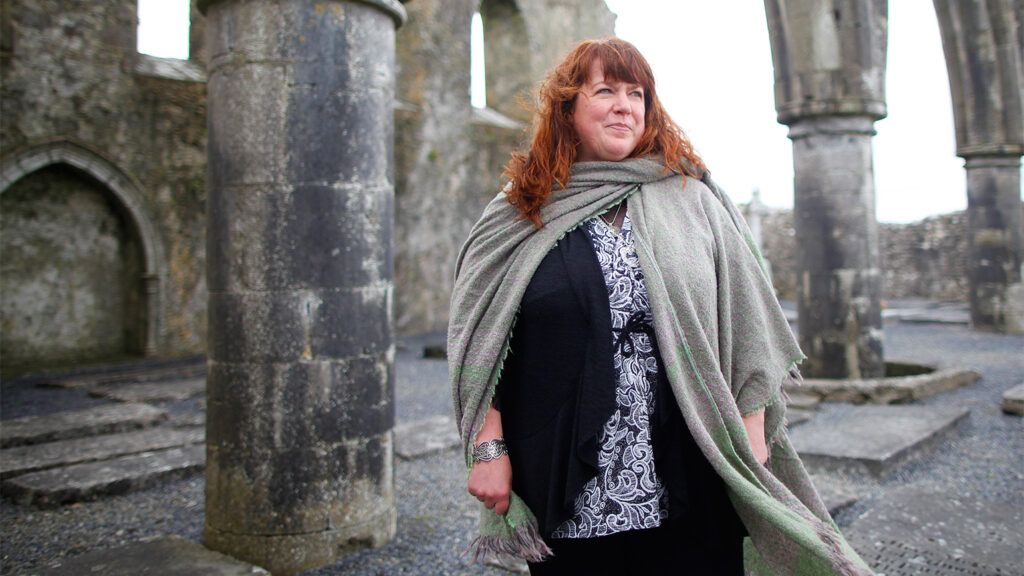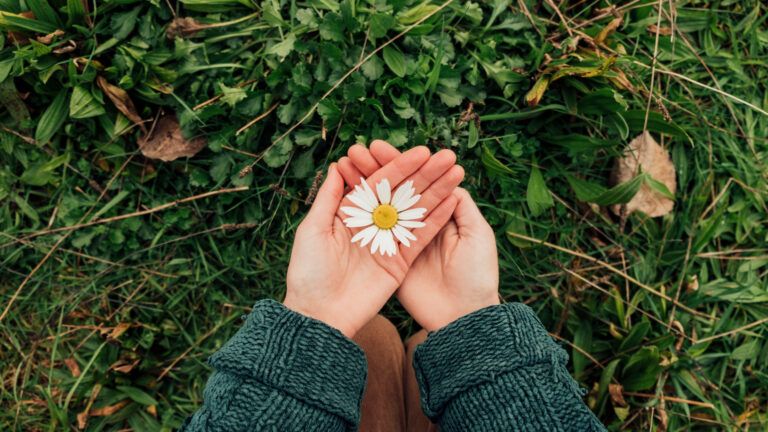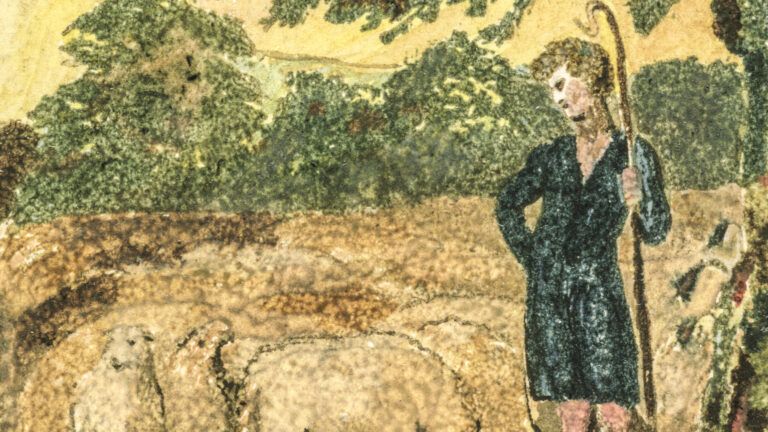Poet, teacher and photographer Christine Valters Paintner is a modern-day mystic. She’s the author of 10 books, including the best-selling The Soul of a Pilgrim; abbess of the online retreat center Abbey of the Arts, at AbbeyOfTheArts.com; and a Benedictine oblate, a layperson affiliated with a monastic community. Five years ago, she and her husband sold all their possessions and moved from Seattle to Europe, eventually settling in Galway, on the western coast of Ireland, attracted by its monastic traditions and Celtic mysticism. We Skyped Paintner to find out more about her pilgrimage and how we can cultivate our own inner mystic.
What drew you to a life of monks and mysticism?
I’ve always had a contemplative heart, which means I’ve always been drawn to periods of silence and solitude, even though I grew up in New York City. When I was 21, I was diagnosed with rheumatoid arthritis, and I quickly became aware of the rush of life and the push to produce and keep your schedule as full as possible. I couldn’t ignore what my inner voice was tell ing me—my inner monk, if you will. I needed to find a gentler way.
Does everyone have an inner monk, just waiting to come out?
That desire for a different way of being in the world is often the first spark that brings people to our abbey. A longing for a way to live that’s not quite so hectic and allows time for savoring. A voice deep inside that knows the importance of rest. We don’t always have a name for that longing, but we all have it within us.
How can you take what a monk does and apply it to “normal” life?
At the heart of it is spiritual practice. For instance, an important monastic principle is radical hospitality, welcoming the stranger in our midst. That can also mean welcoming the aspects of ourselves that we pay less attention to—our secret yearnings and needs. We need to acknowledge them in our contemplative practice.
READ MORE FROM CHRISTINE VALTERS PAINTNER: HOW TO CHANNEL YOUR INNER MONK
Is that what it means to cultivate your inner monk?
The monk strives to glimpse the sacred in all things, in all people and in the self. We need to slow down enough to be able to receive those little shimmering moments in which we can actually see beneath the surface of our everyday lives. Succeeding at that takes time, practice and commitment. That’s why we do it in community.
We have people come here to Ireland on pilgrimage from all over the world. We’ll have an afternoon when we do photography, which is another way of seeing things differently and paying attention. I talk about the difference between taking photos and receiving the gift of images that arrive to us in many ways.
That’s a lovely concept. How does it work?
The language of photography is quite aggressive. It’s all about shooting or capturing or taking. I encourage people to look for whatever is calling their attention. The camera becomes a lens into how you might see a bit more deeply. It’s whatever has your attention for that moment. You may suddenly notice a flower that’s dying and, because you’re looking at it in this more reverential way, it becomes a thing of beauty. You receive it.
How does your camera connect you with God?
It becomes a practice of intention. Instead of whipping out your camera and trying to capture everything you see right away, slow down and move into a relationship with the environment, really paying attention to how God might be at work in the world.
You use the word peregrination. What is that?
Peregrination, or peregrinatio, is an ancient monastic practice that is unique to Ireland. It basically means taking a pilgrimage without a specific destination. In the early days, monks would get into a boat called a coracle without any rudder or oar, and they would let the current and the wind—what they believed to be the Spirit—guide them. Wherever they landed, they would set up new monasteries and new communities. It’s a beautiful image of seeing where God takes us.
Our call in life is to find our way through the wilderness by following divine guidance, step by step. If we just listen and slow down enough, we can hear the invitation.
How can we slow down and become more monklike with a 9-to-5 job?
It might play out in striving less. Grasping less. Trying to direct relationships less. It’s more of an attitude that you bring to all the parts of your life, honoring ways in which the divine enters our world through conversations or spending time in nature. Being more monklike doesn’t mean you have to sell your house and take a vow of silence. You can take a pilgrimage, for example, without traveling very far or even leaving your house. When you sit in silence and are present, you discover the mystery of yourself and God, which is the most sacred pilgrimage you can take.
Sitting in silence and praying like a monk can be intimidating….
In our community, there’s less emphasis on perfection and more on practice. We’re always on a journey in our lives, never fully arrived. It helps if you have a community or a soul friend. In the Celtic tradition, that’s someone who can help you notice when you start to drift away from what you originally committed yourself to.
You talk about “threshold moments” on the journey. What are those?
A threshold is where the old has fallen away and the new comes to be. When you go on a pilgrimage, you’re actually creating a turning point in your life when the divine feels closer because you have to let go of your preconceived ideas. A lot of times, people have so much fear around these threshold moments that they immediately revert to old patterns—for example, staying in a job they hate because it’s better than moving into the unknown. I’ve found, however, that the more I trust those unknowing times and step into them, the more the divine has been there with me. But it can be a very scary place at first.
And sometimes you get lost.
One day, shortly after we’d moved to Galway, I was trying to find the office of an osteopath. The house number was 45. But after I passed 42, the numbers jumped to 50 and continued up from there. I asked for help from a woman getting out of her car. “Oh, don’t go by the numbers, love,” she said in her charming Irish accent. Sometimes we cling to the wrong way of seeing. We need to look for a new way.
What’s the next threshold for you?
In three years, I turn 50. In the biblical tradition, there is this idea of the jubilee at 50. I’ve been pondering what that might look like and how the Spirit might be calling me into renewal.
Of course, the challenge is to be open and not plan too much.…
Yes. [Laughs.] I have all kinds of wonderful things I could be doing. But I’m holding myself open to what God has in store.
Read our exclusive story from Christinas Valters Paintner, How to Channel Your Inner Monk





